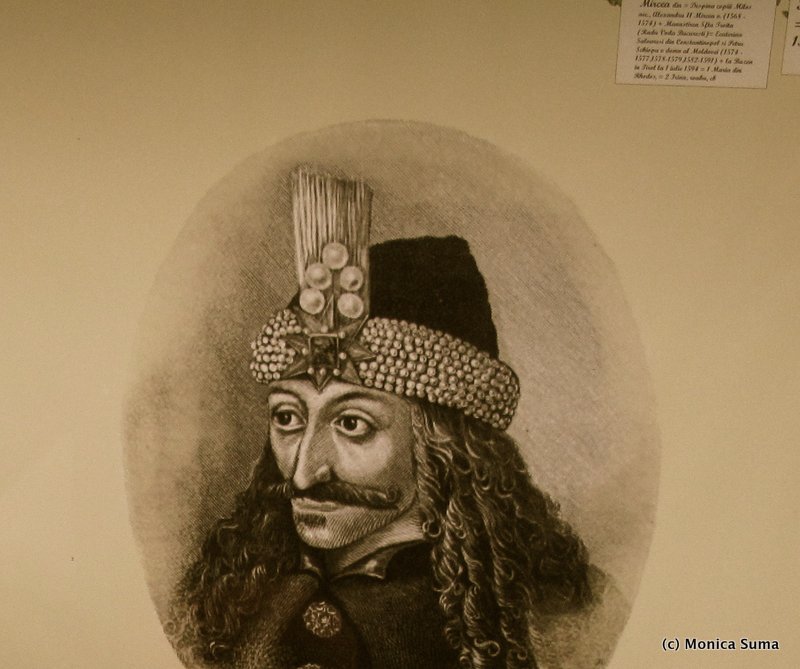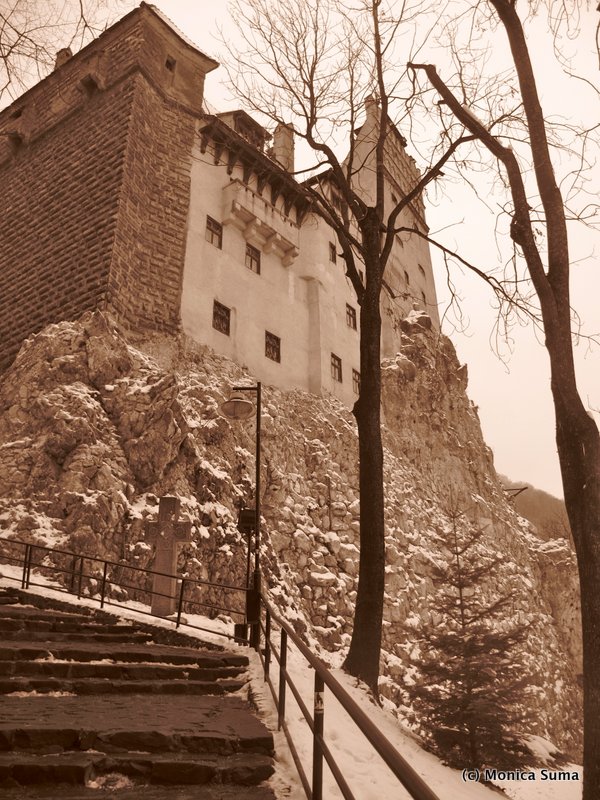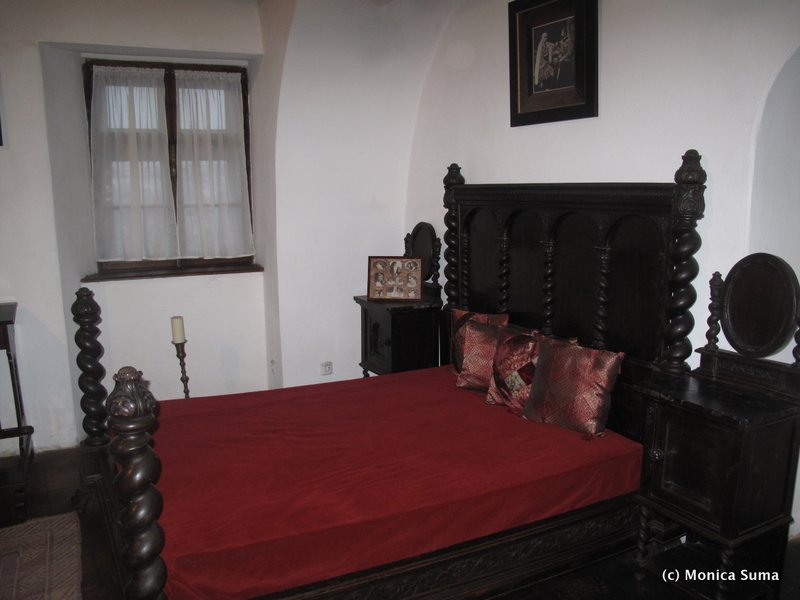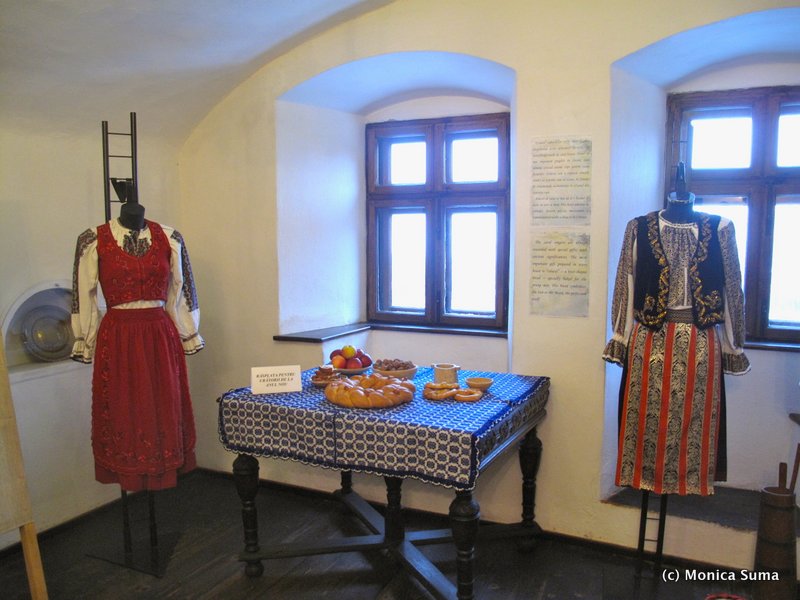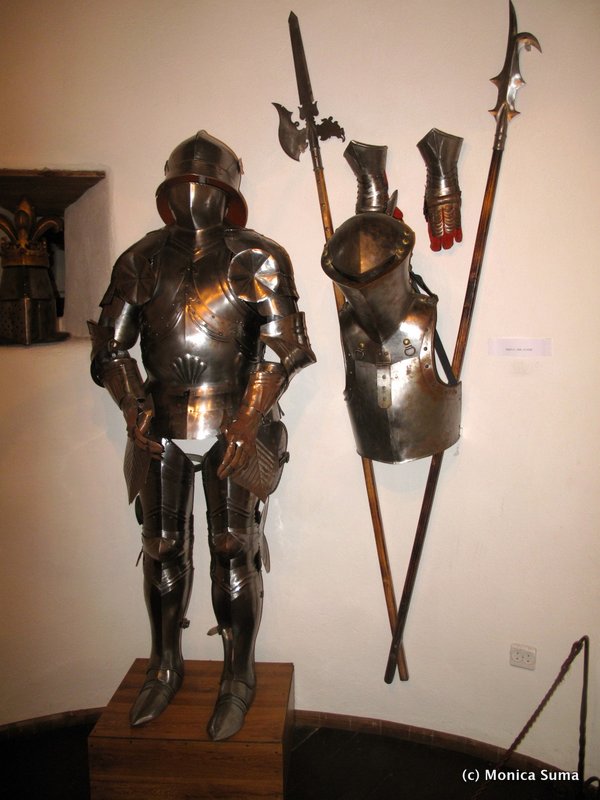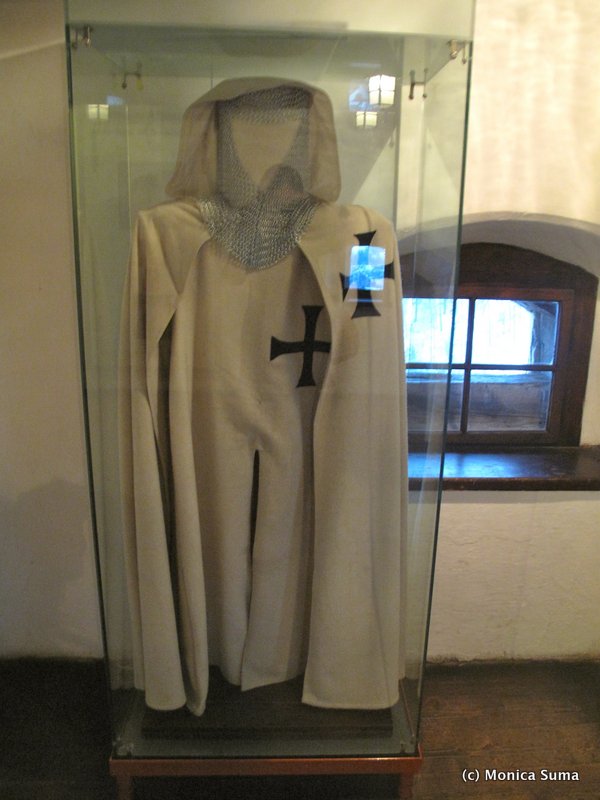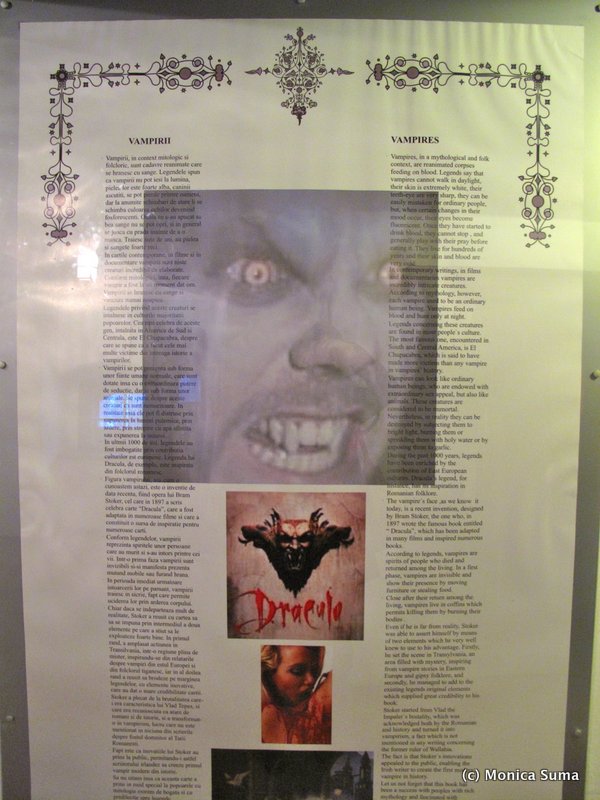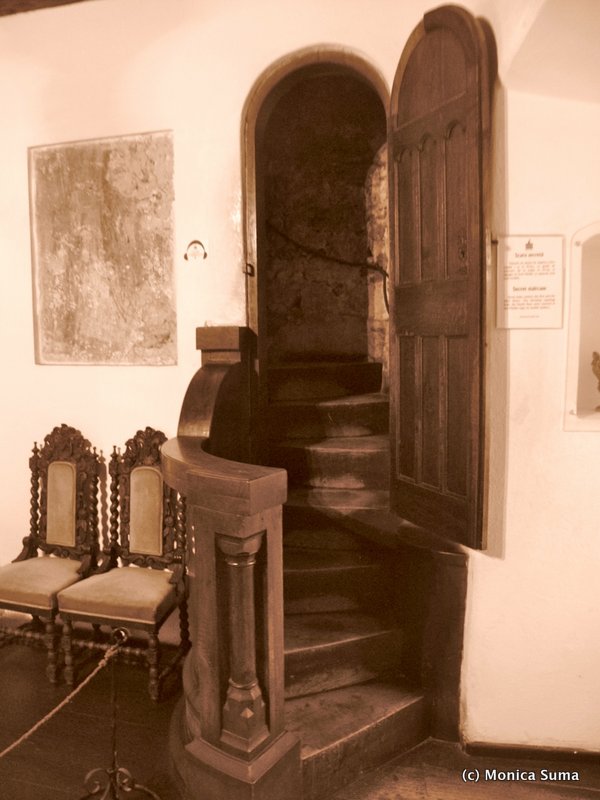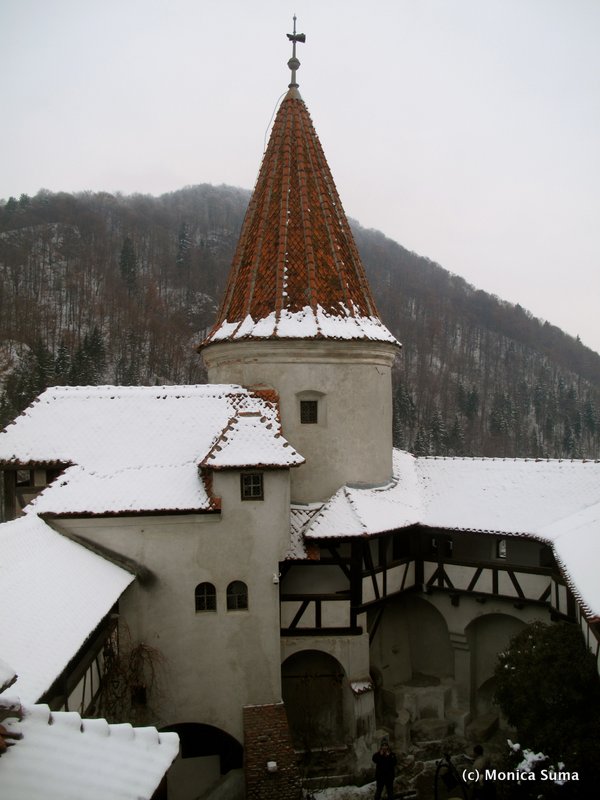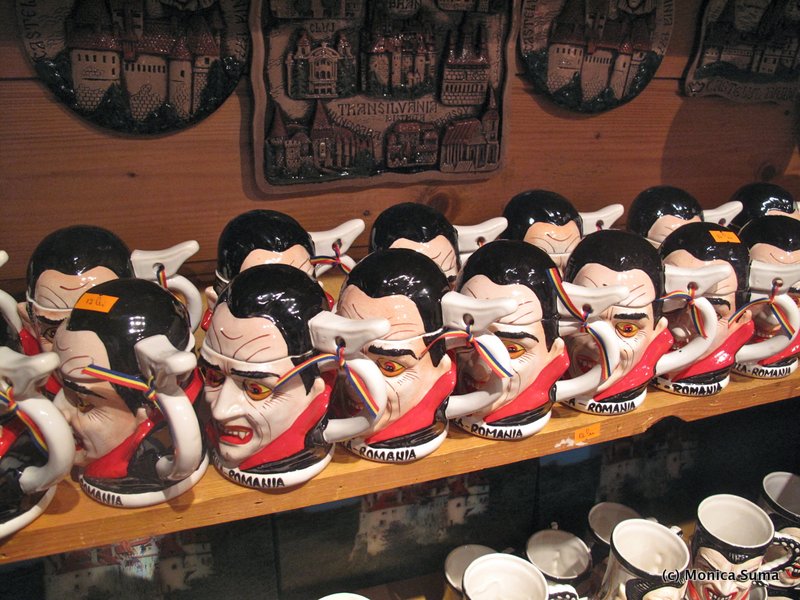I cannot remember how many times I was humorously mistaken for a vampire, as the daughter of a Transylvanian-born mother; growing up, I was told of the priceless value of a mostly unspoiled rural Romania and its folkloric treasures, but as an expat living in New York for the last several years, I came to increasingly appreciate its scenic landscapes, its medieval flair and its traditional rich ethnic customs. Thus, what better time to visit Dracula’s Castle than Halloween?
The infamous castle – formally known as Bran Castle – lies just a few miles outside Brasov, one of Transylvania’s most charming cities. The legend about Dracula rose from Bram Stoker’s book, published in 1987, about the vampire Count Dracula, based on the real 15th century’s Prince “Vlad Dracul” of Wallachia (now Romania). The actual historical ruler that we learnt about in history textbooks as young pupils in Romania, “Vlad The Impaler,” nicknamed after his method of brutally punishing thieves and enemies, transformed itself, in Stoker’s book into the “vampire” Count Dracula. A fictional character by any means, there is no evidence of Count Dracula in any writings concerning the former ruler of Wallachia.
Perched atop a rocky peak, Bran Castle was originally built as a fortress in 1212, by the Knights of the Teutonic Order. The people of Brasov began the current construction of Bran Castle in 1377, with the purpose of defending the Bran-Rucar pass, due to the expansion of the Ottoman Empire. Right from its outside entrance, the Transylvanian gothic style of the time can be observed.
Inside, the Castle has on display all sorts of artifacts (furniture, ceramics and silvery), as well as sculpture and wood paintings. A series of Romanian traditional costumes can also be observed up close.
Inside, you will also find a collection of weapons and armory, underlining the military purpose fulfilled by the Bran Fortress in the Middle Ages.
Amongst the authentic artifacts, you will also enter a room explaining the real history of Vlad The Impaler, as well as details in regards to the legend of Count Dracula. This also includes a few cheesy pictures 🙂
Walking from room to room, to reach the top of the castle, and ultimately to be able to exit, it’s a must to go through a former secret passage, connecting the first and third floors. Even for non-claustrophobic individuals, this passage is not easy to go through. Equipped with almost no light and a steep staircase, it certainly gave me chills down my spine, for a third consecutive time. It cannot be avoided, so this means you will get the full vampire experience!
Once on top the upper balcony, you will face a stunning view of the Bran Village and its surrounding mountain peaks:
Also beautiful to see is the medieval courtyard view of the Round Tower:
It’s not exactly the most idyllic castle you’ll find in Eastern Europe; however, somewhere between the myth and legend and pure reality, there is no doubt Bran Castle, commonly known as Dracula’s Castle, is world known and perhaps Romania’s main tourist attraction. The museum is now open to tourists, for individual or guided visits.
Getting there: Reaching the castle certainly implies an authentic Eastern European bus ride. Call it Romanian tourism, lack of funds or simply an off the beaten path attraction, for it is not the smoothest trip you may have had. Just a few minutes outside of Brasov, that can be easily reached by taxi (ask from the hotel, most Romanian taxi drivers don’t speak English; many may try to scam you), is the bus station for going into Bran.
Last time I went, I had the luck to have just missed it, and to wait for an hour in freezing cold weather. Once on board, we were immediately tucked together like sardines. Half an hour later, and unable to breathe or move, two guys decide to show which has more testosterone. The bus almost came to a stop, so that the two typical Eastern European morons could fist fight. Fast forwarding to about an hour later, we finally reached the castle, and only a slippery icy path was in the way to Dracula’s dwelling.
Shopping: Don’t forget the souvenirs! At the foot of the hill leading to the path to the castle is a small open air museum park exhibiting traditional Romanian peasant structures, such as cottages and brans, displaying all sorts of souvenirs of Count Dracula and Transylvania.
Happy Halloween and beware of vampires!


